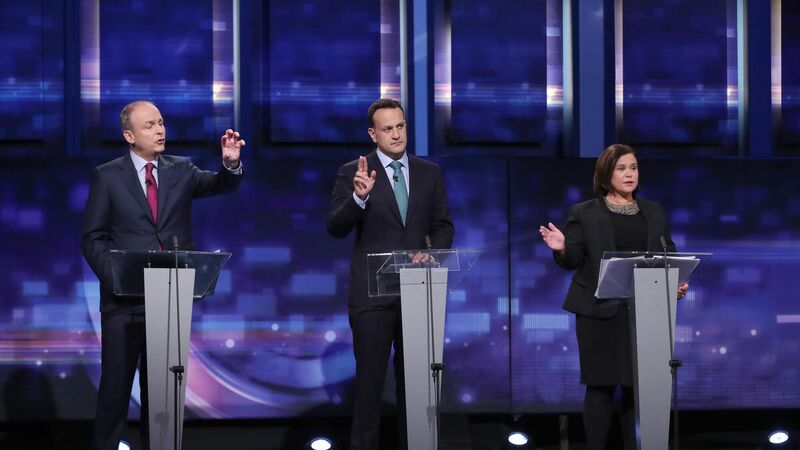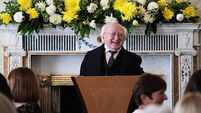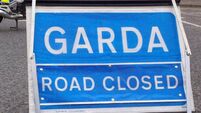Election analysis: For the first time in a century we have a three-party system

FOR the first time in a century, Ireland now has a three-party system.
Though coalitions have been necessary for decades – Ireland is a multiparty system in that sense – only Fine Gael and Fianna Fáil have ever been in a position to lead a government.
Until now.
In the last election, the combined vote share of the big two slipped below 50% for the first time ever.
Opinion polls suggest it will slip lower again this time.
After nine years of the same party leading government, the public clearly wants change but there seems to be a three-way tie between the types of change on offer.

Fine Gael is pitching sustained economic and social change, Fianna Fáil its version of the same as more socially just, while Sinn Féin’s offer of change is far more radical.
For the first time, polls are showing these three parties all clustered around the same share of the vote.
With a close run race like that, anything could happen…right?
Not really.
Sinn Féin’s surge has been a surprise to everyone, not least Sinn Féin.
After a string of poor elections, the party went into this campaign playing defense with single-seat tickets aimed at minimising losses.
That means its surge will see it top a lot of polls but with no second candidates to share any surplus with, unlike Fianna Fáil and Fine Gael, whose candidate spread will allow them to take full advantage of their vote.
Fine Gael is not good at running election campaigns. That’s not an opinion, it’s a fact.

In the last few elections, the party has finished on election day below its polling level at the start of the campaign, even in strong elections like 2007 and 2011.
Once the starting pistol is fired, Fine Gael always finds itself scrambling to hold onto support, even when it has been leading in the polls before the election.
That’s clearly been the case this time, as Mr Varadkar seemed to spend most of his time talking about Brexit to an uninterested public, walking back needless gaffes, and trying to convince the country that it can be more ambitious after the election while explaining away the pace of progress it presided over in recent years.
The opposite is usually true of Fianna Fáil.
For all its faults as a party of government, there is no better party come election time with the party always picking up votes between day one and polling day, even in its worst election in 2011.
But this election has been wildly different.
An early poll put Fianna Fáil at 32% but that’s trended down as the campaign has trudged on, leaving it at 23% in the most recent poll – less than its 2016 general election result.

How did we get to this point? Two words: confidence and supply.
In a sense, the 2020 election is just a second 2016 election, deferred by a few years.
With no clear winner four years ago, it looked for a time like Ireland might have to head back to the polls until Fianna Fáil and Fine Gael found a fudge they could live with.
Through confidence and supply, Fine Gael would get back into power, hoping that continued economic improvement would win it a greater bloc of support when the experiment inevitably collapsed.
Meanwhile, Fianna Fáil could look mature and responsible, take credit for anything good the government did, and give Fine Gael enough rope to hang itself on everything else.

Instead, the two parties tangled themselves together and the public is struggling to tell them apart.
In a change election, it’s hard to argue you can provide change when you either were in government or allowed the government to continue when you could have pulled it down.
About a quarter of the public sees Fianna Fáil as the winners of the confidence and supply bet, with a little less than that choosing Fine Gael. But most of the public see Fine Gael and Fianna Fáil as complicit in each other’s failures with real change only possible from elsewhere.
During this campaign, Sinn Féin has capitalised on that sentiment more than anyone else.
One of the big two – most likely Fianna Fáil – will still lead the next government, but this election will be a landmark one as a surging Sinn Féin could turn the big two into the big three at future elections if it can sustain this support.
In every possible way, this has been a change election – not just about a change of government, but a realignment of the whole system.










 App?
App?


